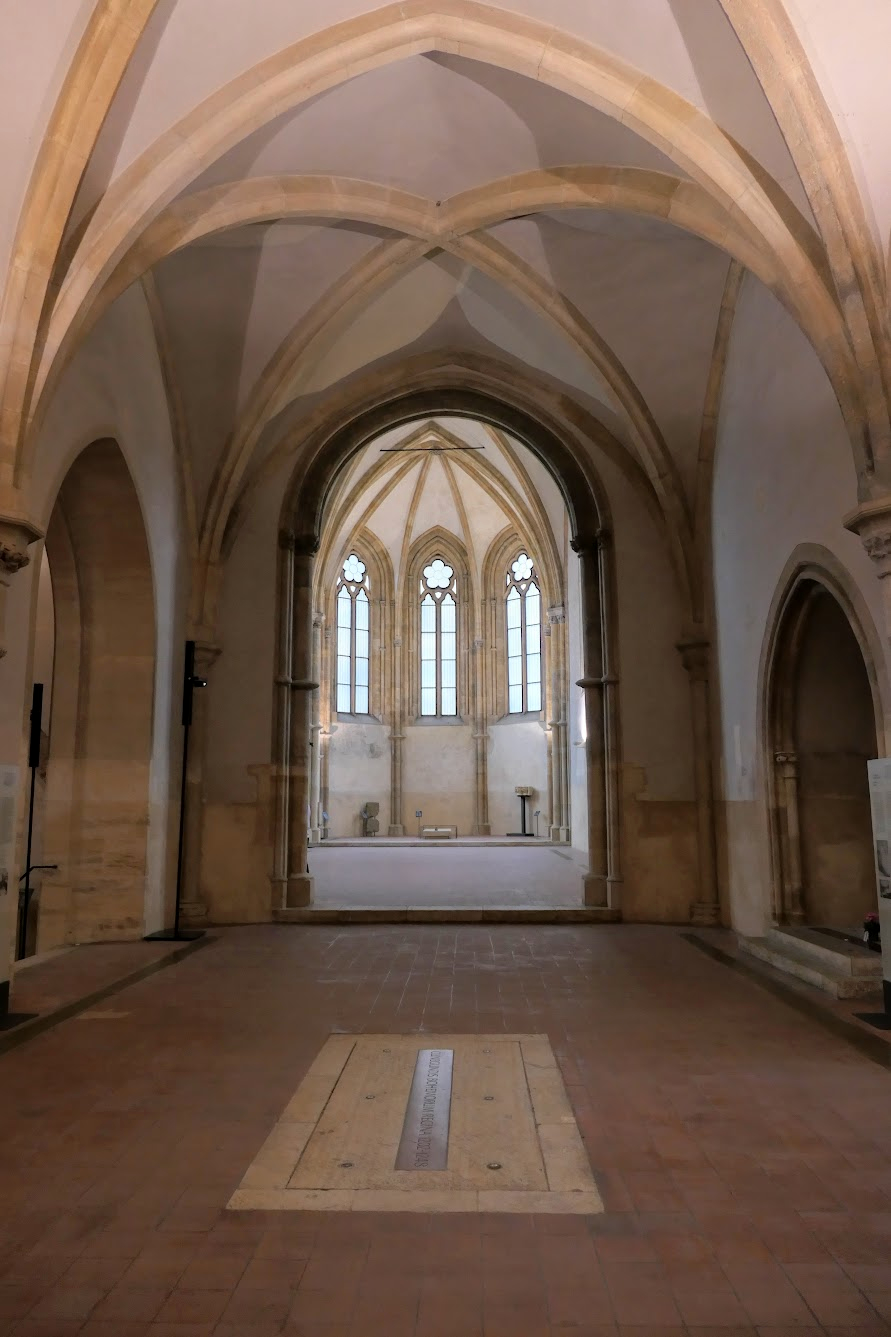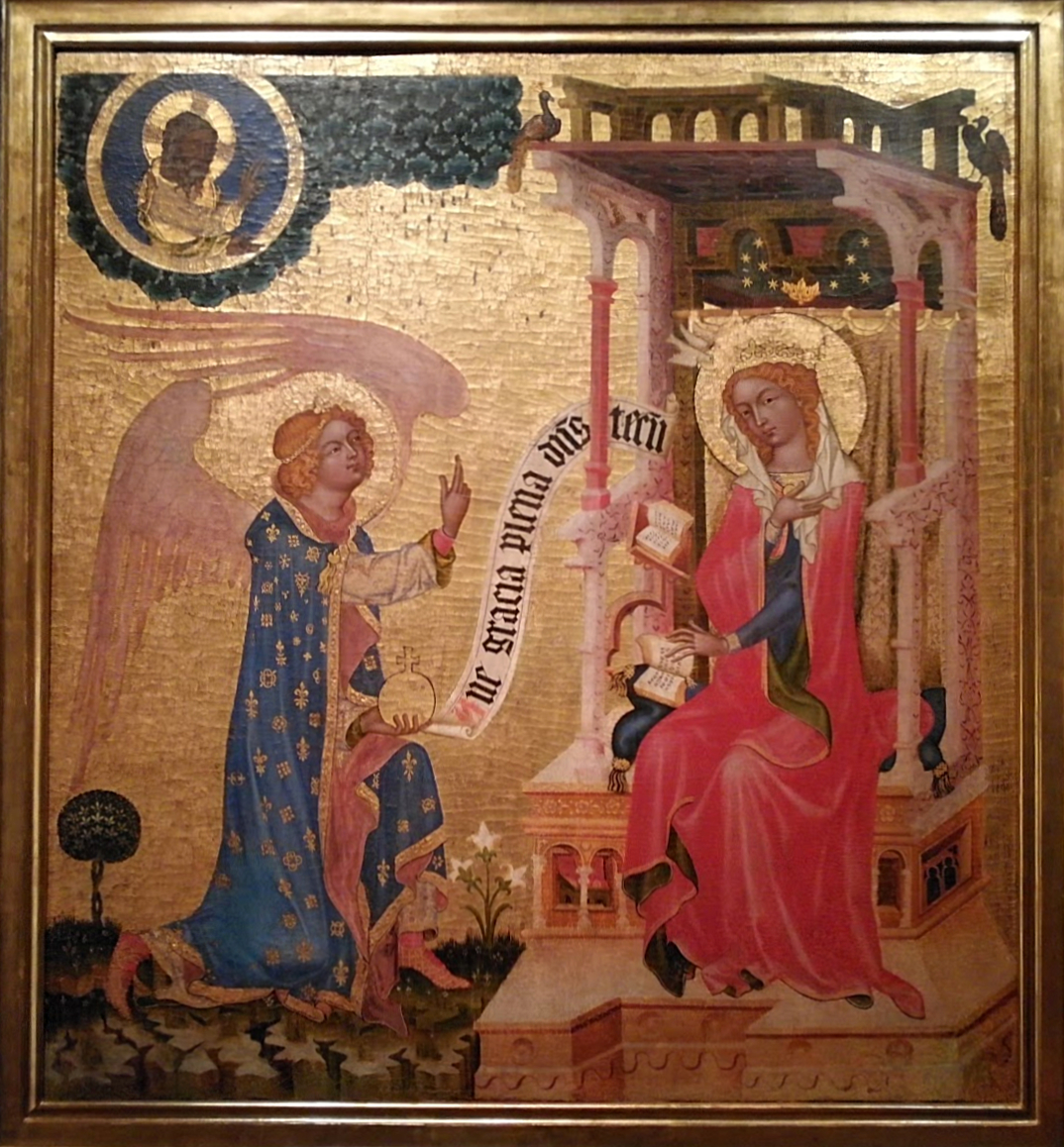Convent of Saint Agnes
The earliest gothic building in Prague, the Convent of Saint Agnes was constructed in 1231 on a riverside plot later known as ‘Na Františku’ (St Francis’s). The site had been donated by King Wenceslas I to his sister, the devout Agnes of Bohemia*. A personal correspondent of Saint Clare of Assisi for over twenty years, Agnes was responsible for introducing the Order of the Poor Clares to Bohemia, establishing not just this convent and hospital complex, but also another one closer to the Charles Bridge.

The oldest part of the complex is the church of Saint Francis, pictured above. This contains on its southern side three gothic windows, representing the earliest design of this type not only in Prague but in Central Europe as a whole. The brickwork of the buttresses and the associated cloister is also a very early example.
The church was intended as a royal burial-place: both King Wenceslas I and Agnes are interred here. After their father, Otakar I, had successfully claimed Bohemia from the German Emperor Philip of Swabia, Philip’s daughter Kunegund became the queen consort of Wenceslas I; she is buried here, near to her husband.
A second phase of building began ceremonially in 1261 with the coronation of Agnes’s nephew, Otakar II. An anonymous French architect was commissioned to extend the church buildings in a more mature gothic style.
In the picture below, Kunegund’s grave is in the foreground, while the older church of Saint Francis is off to the right (next to an alcove in which St Agnes’s remains are placed). The rounded triumphal arch draws the eye directly to the gothic splendour of the Church of the Holy Saviour, with its graceful columns and windows, and pentagonal apse. The capitals of the columns are carved with portraits of the crowned kings and queens of Bohemia.
The interiors of the convent rooms, including the chapter house and refectory, are extremely well preserved; and the main cloister has since been modified to house the mediaeval art collection of the National Gallery of Prague, which includes a spectacular 1350 altarpiece by the Master of Vyšší Brod, commissioned by Charles IV.

*A quick note on names. Many Bohemian kings were called Wenceslas (Václav in Czech), and it’s important to distinguish between this King Wenceslas I and the earlier tenth-century Duke Wenceslas I, of whom Agnes was a distant descendant. This earlier Wenceslas is the central figure in the well-known Christmas carol. But since Agnes was born two hundred years after his death, the ‘Saint Agnes’ fountain’ to which Wenceslas refers in the carol must be either an anachronism, or a reference to the third-century Saint Agnes of Rome (after whom Agnes of Bohemia was named)!
Below: the Annunciation, from the altarpiece of the Master of Vyšší Brod, 1350









